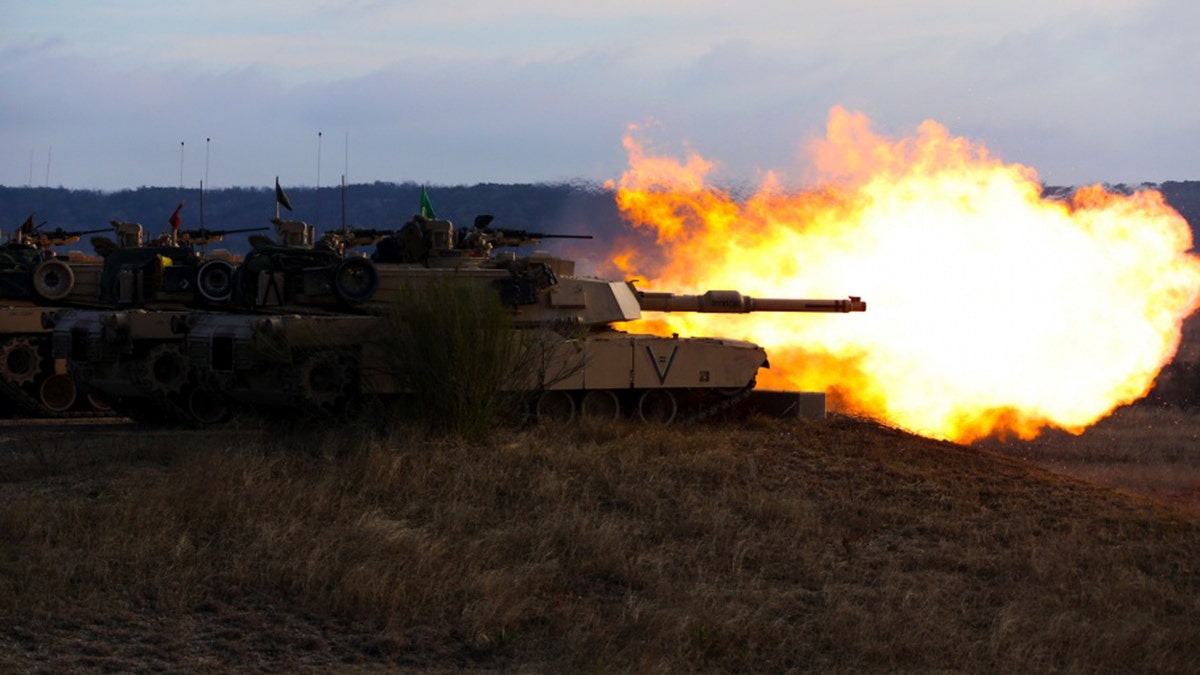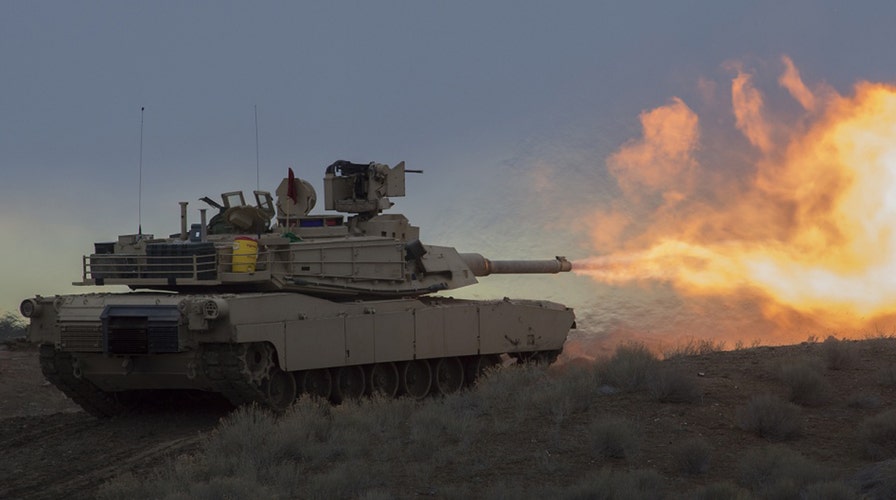Fox News Flash top headlines for June 18
Fox News Flash top headlines for June 18 are here. Check out what's clicking on Foxnews.com
The Trump administration’s plan to sell tanks, missiles and ground-launched air defenses to Taiwan embodies what might be called a strategic paradigm shift to empower the small island’s deterrence posture against an often-threatened Chinese invasion.
While much existing discussion centers upon strengthening Taiwanese air, sea and undersea defenses, there also appears to be an unequivocal need for major land defenses. The existing air-sea emphasis is extremely important, yet there are certainly elements of this approach which invite further discussion about the need to provide Taiwan with a strong, armored ground force as well.
The proposed $2 billion arms package includes 108 main battle tanks, 250 Stinger anti-air missiles, as well as 409 Javelins and 1,240 TOW anti-tank missiles.
Drawing heavily upon a US Pacific presence along with Asian-theater allied support, a maritime-air Taiwan defense strategy has clearly had a deterrence impact in recent years. Part of this ability to keep a Chinese invasion at bay has naturally hinged upon a strong US posture ensuring the defense of the island.
A cursory look at US arms sales to Taiwan in recent decades reveals a maritime strategic emphasis: the US has sold frigates, amphibious ships, harpoons and key air assets such as Chinook and Blackhawk helicopters. While these initiatives are, quite obviously, not useless -- there have been some significant factors that have emerged in recent years which, without question, change the deterrence landscape. Taiwan received some Patriot (PAC-3) air defense missiles during the George W. Bush administration, yet Taiwan has overwhelmingly purchased maritime defenses. They have also received air-to-ground and air-to-air weapons, torpedos, and ship-fired SM-2 missiles.
PENTAGON GROUND TESTS FIGHTER-JET LAUNCHED HYPERSONIC WEAPON
Simply put, China’s accelerated naval modernization plan continues to alarm many at the Pentagon. The Chinese are not only on a fast track to building indigenous aircraft carriers but also moving quickly on new submarines, amphibs, destroyers, corvettes and other maritime assets, leading many to assess that the Chinese Navy may, in fact, be passing the US Navy in sheer size. In effect, this means that any kind of Chinese sea-air focused attack could meet with success at great cost to the pro-US nations in the area.
Several Congressional US-China Economic and Security Reviews released in recent years, along with an Office of Naval Intelligence (ONI) report specify concern about Chinese naval weapons and platform modernization. The Chinese are known to be working on more YUZHAO LPDs - amphibious attack vehicles which can carry 800 troops, four helicopters and up to 20 armored vehicles, according to the Congressional assessment. China’s surface fleet is also bolstered by the production of at least 60 smaller, fast-moving HOUBEI-class guided missile patrol boats and ongoing deliveries of JIANGDAO light frigates armed with naval guns, torpedoes and anti-ship cruise missiles. Furthermore, while Chinese attack submarine expansion is widely known, an often less-recognized fact is the rapid development of heavily-armed LUYANG III destroyers, equipped with anti-submarine weapons and new, vertically-launched anti-ship cruise missiles.

U.S. Marines with 1st Tank Battalion, 1st Marine Division, fire a 120 mm smoothbore tank gun from an M1A1 Abrams tank during exercise Comanche Run at Fort Hood, Texas, Feb. 20, 2019. (Photo by Lance Cpl. Sahara Zepeda/1st Marine Division)
ONI also raised concerns about China’s nuclear-armed ballistic missile submarine force, to include the Jin-class submarines -- bringing China's “first credible at-sea-second-strike nuclear capability," the ONI report states. The submarine would fire the JL-2 submarine-launched ballistic missile, which has a range of 4,000 nautical miles and would "enable Jin to strike Hawaii, Alaska and possibly western portions of CONUS [continental United States] from East Asian waters," ONI assessed.
COULD A LOW-YIELD SUB-LAUNCH NUCLEAR MISSILE STOP A RUSSIAN FIRST STRIKE?
Given this circumstance, it is quite reasonable to observe that, in the event of some kind Chinese attack, Tawainese and allied maritime power alone may not be sufficient. Accordingly, a credible ground force fortified by tanks and air-defense missiles does two clear things: it could very well further deter China by virtue of ensuring a high-casualty ground war and also force China to transit heavy forces across the ocean. That kind of heavy deployment is never easy, and certainly not without major risk of air and sea attack. Both of these factors seem, without question, to further strengthen Taiwan’s deterrence strategy. Even if China believes it would ultimately prevail in a ground invasion against Taiwan, the promise of a credible Taiwanese ground threat does change the equation. This could also decrease the possibility of any needed US intervention. In particular, Javelin anti-tank missiles, TOW missiles and Stinger anti-aircraft weapons would certainly enable a Taiwanese defense force to target Chinese tanks, helicopters, armored vehicles and even drones.
Looking back over the past decade, this history underscores the fact that the current Trump administration posture, as evidenced by the proposed sale, signifies what could be called an ambitious new step in US Pacific strategy.
Kris Osborn is a Senior Fellow at The Lexington Institute
More Weapons and Technology -WARRIOR MAVEN (CLICK HERE)

